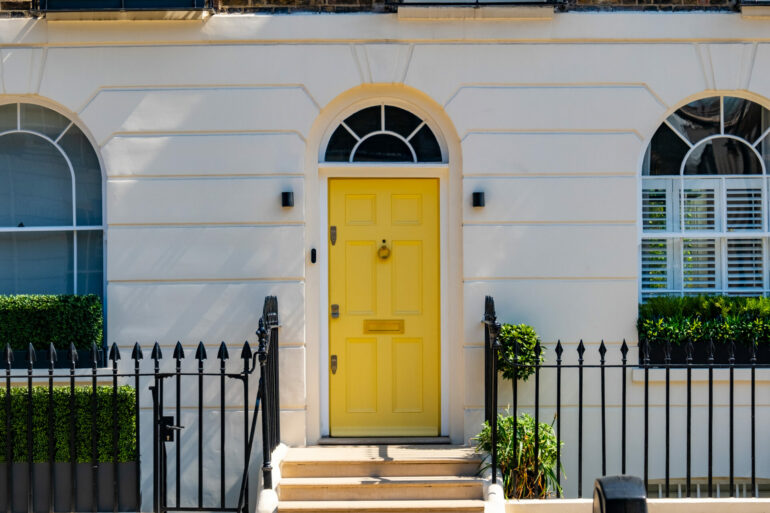Despite increased concerns over rising interest rates and heightened price sensitivity, prime London residential values have shown “remarkable resilience” in the second quarter of 2023, according to global real estate service provider Savills.
Prices across London’s prime markets declined slightly by 0.2% in the second quarter and 1.0% on the year, as stated in the Q2 Savills prime London index. However, these values still remain 3.9% above their pre-pandemic levels.
Interestingly, prime central London fared better than outer prime London, suggesting a growing disparity between cash-rich buyers and others, and between the high end of the market and lower-value segments.
Demand in the second quarter was dominated by cash buyers, who were not subjected to concerns regarding rising interest rates. Savills’ records show that, to date this year, cash buyers have made up 71% of prime central London deals and 35% in outer prime London.
“The established prime markets, most associated with equity-rich buyers, are holding up the strongest amid mortgage market turbulence,” says Frances McDonald, director of residential research at Savills.
However, she warns that the recent interest rate rises are likely to impact buyer budgets and increase price sensitivity, especially in the more domestic outer prime locations where more buyers depend on borrowing.
McDonald continued: “Sellers will need to price pragmatically to align with prevailing buyer expectations.”
This situation has led to an increasing divergence between lower value homes in prime locations, which are more exposed to debt, and the more resilient top end. On an annual basis, prices for the £5m-plus market across prime London remained flat (-0.1%), while the £500,000-£1m market experienced some falls (-2.1%), with the under £500,000 market seeing further declines (-2.5%).
The return of international demand is also influencing the market. Mayfair (+1.1%), Westminster (+0.4%), and Marylebone (+0.2%), which are popular with pied-a-terre and international buyers, were some of the strongest performers in the quarter. In contrast, more domestic markets like Richmond (-0.9%) and Holland Park (-1.0%), which outperformed during the pandemic, have seen value falls over the first half of the year.
“International travel picked up at the start of this year, led by passengers from Asia, the Middle East, and the US. While this has translated into increased demand, buyers at the top end remain discerning,” McDonald added.
Savills’ index shows that best-in-class properties are weathering market conditions better. Properties in prime central London considered to be in immaculate condition command an average price of more than £2,000/sq ft, 37% higher than those in poor condition. This premium was around 25% a decade ago.
“Amidst slower market conditions, best-in-class properties and unique homes continue to conjure significant demand – and in some micro-markets – the very best quality homes are continuing to result in sealed bids. But, stock constraints are beginning to ease,” said Liza-Jane Kelly, head of London residential at Savills.



